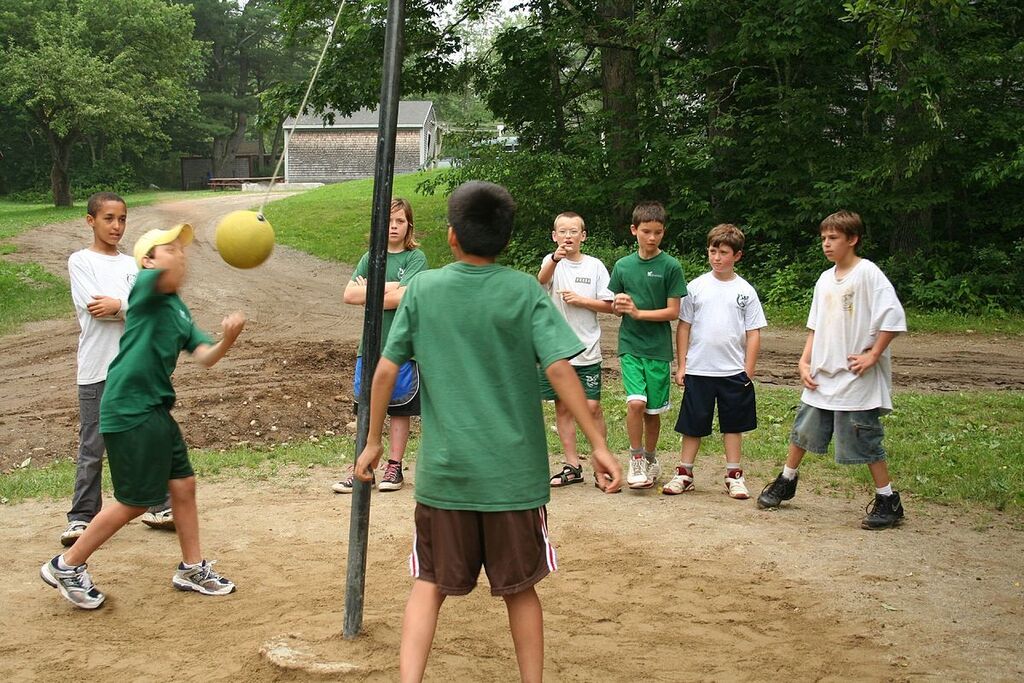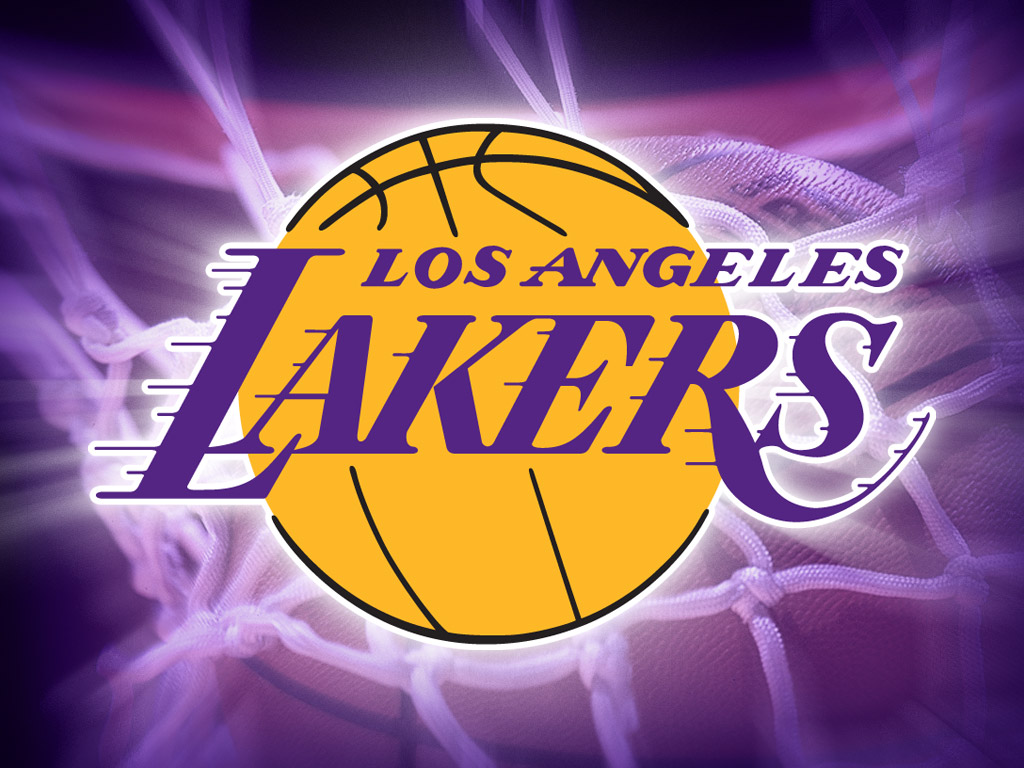
Remember playing this?
By Jillian McMullen, Staff Writer
I have two younger brothers, both in elementary school. Speaking to them about their school days is always an interesting conversation because, although we are close enough in age that I remember having some of the same experiences, we are far enough apart that those experiences are determined by very different factors. I remember the period before my family got our first computer; on the other hand, my little brother has an iPad and Instagram (I’d be totally horrified if his meme game weren’t so on point).
One thing that hasn’t changed, however, are the games played at recess—dodgeball, tag and Red Rover remain the most popular. However, during one of these after school conversations, my brothers reminded me of a game I probably haven’t thought about since I was their age: Tetherball.
I don’t blame you if you may need to jog your memory; especially if, like me, it has been a few years. Tetherball is a game that is almost exclusively seen at playgrounds. Two players stand opposite in a circular “court,” probably around four meters in diameter, with a metal pole between them onto which they hook what looks almost identical to a volleyball, except it is attached to a tether. Players serve the ball in opposite directions, attempting to fully wrap the ball around the pole until the ball “stops,” thus winning the match.
After doing some research into the game, I found the game was not always played this way. It was first played with a tennis-sized ball tethered to the poll and racquets when it was first invented in England during the late 19th century. It was advertised as a superior form of tennis because players didn’t experience the frustration of chasing the ball down the court. It was also supposed to be superior because it required less space than its sporty predecessor.
I loved this game as a kid. I had a particular advantage growing up because I was taller than most of my classmates. I remember that awesome feeling of returning someone’s serve and just watching the ball swing round and round the pole, clacking as it fully completed its rotation. And, although I don’t see myself playing it anytime soon, I’m glad it’s something I can use to connect with my brothers.



